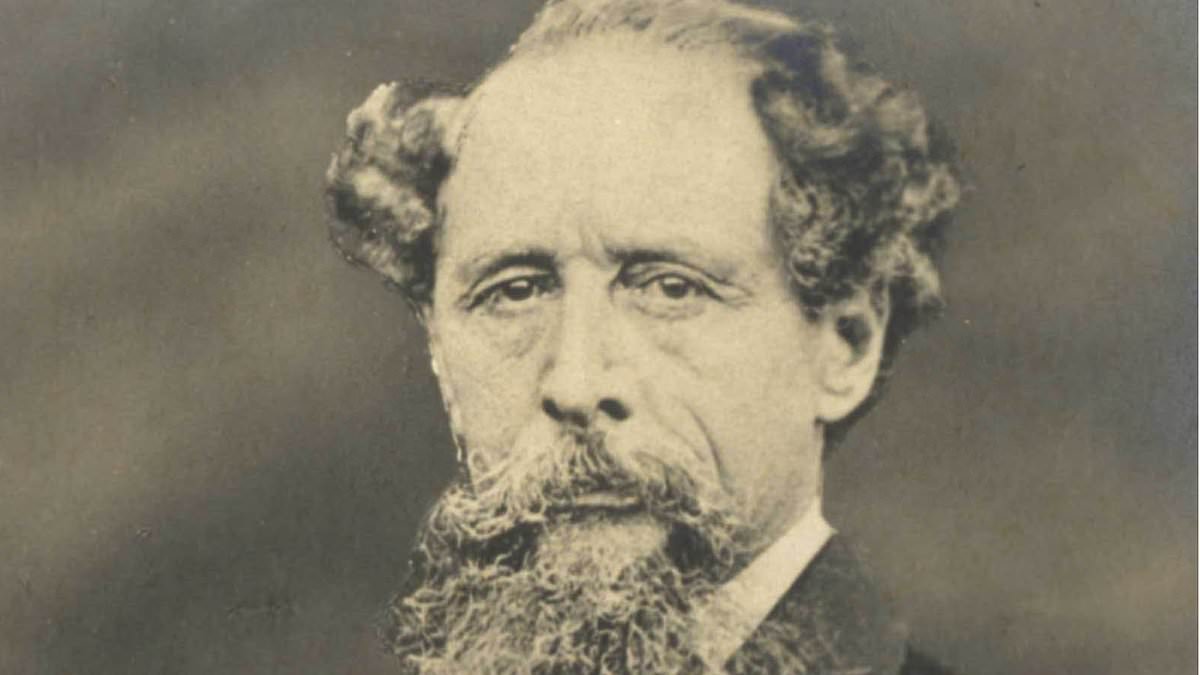QUESTION: Were some of Charles Dickens’s characters based on real people?
My family and I are descended from the original Moses Pickwick (The Pickwick Papers). He was a foundling, born in 1694, from Pickwick, near Bath.
He was taken to a Corsham workhouse where he was given the name Moses, and Pickwick from his birthplace. He married Ann Marshman in 1719 and had 11 children. I am descended from Miriam, his youngest daughter.
Moses’s grandson Eleazer (1749-1837) established a Bath coaching business and took over the White Hart Inn, opposite the Pump Room.
Dickens would likely have seen Pickwick coaches when he traveled to and from London and Bath as a reporter.
At the time, he had secured a commission from the publishers Chapman and Hall to provide the text to go with a series of sporting ‘comic strips’.
Eleazer sold the White Hart Inn to his nephew, another Moses. This was the same Moses Pickwick whose name Dickens said (via the character of Sam Weller) appeared ‘in gilt letters of a goodly size’ on stagecoaches to Bath.
Mrs Anne M. Foley, London N11
Many of Charles Dickens’s characters were inspired by real people from his own life experiences, acquaintances or public figures. He used aspects of their personalities to create vivid and memorable characters. Here are a few examples:
Ebenezer Scrooge (A Christmas Carol): Scrooge’s miserly nature was inspired by John Elwes, MP, a noted eccentric of the 18th century.
Despite inheriting a fortune from his uncle, Elwes had many Scrooge-like traits. He went to bed early to avoid spending money on candles, he wore ragged clothing and allowed his country mansion to fall into disrepair around him.
Mr Micawber (David Copperfield): the financially irresponsible but irrepressible character was based on John Dickens, Charles Dickens’s own father. John Dickens was imprisoned for debt when Charles was a child, an event that affected him profoundly.
Mrs Nickleby (Nicholas Nickleby): Dickens modelled this character on his own mother, Elizabeth Dickens, particularly her habit of long-winded storytelling.
Fagin (Oliver Twist): the leader of a group of child pickpockets was loosely based on a notorious criminal named Ikey Solomon, a Jewish fence (someone who buys and sells stolen goods) who was active in London at the time.
The name Fagin came from a young man called Bob Fagin who showed the young Dickens kindness. He taught him how to attach labels to the shoe polish while he worked as a child labourer at Warren’s Blacking Factory.
Harold Skimpole (Bleak House), a lazy aesthete who lives off his wealthy friends, was based on Dickens’s friend Leigh Hunt, a poet and critic. Dickens exaggerated his more naive and childlike qualities, leading to a strained relationship after Hunt recognised himself in the portrayal.
L. M. Francis, Oxford
QUESTION: Who coined the political term ‘preference falsification’?
It WAS coined by U.S. economist Timur Kuran in his 1995 book Private Truths, Public Lies: The Social Consequences Of Preference Falsification.
It refers to the act of individuals misrepresenting their true preferences or beliefs in public owing to social pressure, fear of repercussions or a desire to conform to societal norms.
In a political context, it explains concepts such as the ‘shy Tory’, a voter who intends to vote for the Conservative Party but is reluctant to openly express this preference for fear of reprisal.
Sally Dale, Marlow, Bucks
QUESTION: Why is it that babies can’t drink water?
Babies under six months old should not drink water. Their small stomachs and immature kidneys are not developed to handle it. The NHS allows for very small amounts of boiled tap water that has been cooled, in extreme hot weather only.
Drinking water can lead to a dangerous condition called water intoxication — excess water in the bloodstream. Water intoxication can cause an imbalance in electrolytes, potentially causing hyponatremia (low sodium). This can cause seizures, brain damage and may even be life-threatening.
Breast milk and formula are balanced, with the right amount of water, nutrients and electrolytes. If a baby drinks water, it can dilute the concentration of the essential nutrients needed for proper growth.
Once babies reach about six months and start eating solid food, small amounts of water can be introduced gradually, but it is still important to ensure they are getting most of their hydration from breast milk or formula until they reach one.
Heather McMurray, Halifax, Yorks
